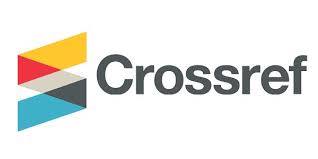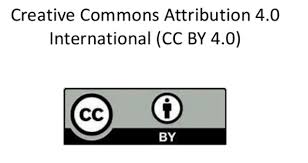Effects of micronutrients on growth and yield of potato
DOI:
https://doi.org/10.47440/JAFE.2022.3312Keywords:
Potato, Diamant, boron, zinc, growth, yieldAbstract
A field experiment was carried out at the Horticulture Farm of the Bangladesh Agricultural University, Mymensingh to evaluate the effects of micronutrients and their methods of application on growth and yield of potato cv. Diamant during the period from November 2019 to March 2020. The experiment consisted of two factors, Factor A: Two methods of micronutrient application viz., M1= Basal and M2= Foliar, and Factor B: Four levels of micronutrients viz., T0= control treatment, T1= Boron (B) @ 2 kg/ha, T2= Zinc (Zn) @ 3 kg/ha, T3= B @ 2 kg/ha + Zn @ 3 kg/ha. The experiment was laid out in split plot design with three replications. Result of the experiment revealed that application method and different levels of micronutrients alone or in combination significantly influenced all the parameters studied. The highest tuber yield (3.53 t/ha) was obtained with foliar application and the lowest was found from basal application. On the other hand the highest tuber yield (4.56 t/ha) was obtained when B + Zn @ 2 kg B/ha + 3 kg Zn/ha was applied and the lowest was recorded from control treatment. Among the treatment combinations, foliar application of micronutrients along with combined treatment of B + Zn @ 2 kg/ha + 3 kg/ha produced the maximum tuber yield (4.89 t/ha) while the lowest was obtained from the control treatment. Therefore, foliar application method along with the combined treatment of boron plus zinc was found to be better in respect of growth and yield of potato.






 Publisher:
Publisher: 